Exotic and elegant Anthurium plants catch the eye. The flashy and colorful spathes with heart shaped leaves will steal your heart.
Anthuriums make beautiful potted houseplants. They also work well as patio plants and lovely ornamentals in your tropical garden.
Anthuriums are commonly known as painters palette, flamingo flower or Laceleaf. There are over 1000 varieties that are Native to Mexico, Argentina, Columbia Ecuador and the Caribbean.
Anthurium scherzerianum and Anthurium andraeanum are the most common species. They are found in most garden centers.
More varieties come on the market all the time. Watch for them.
Anthurium colors include Red, pinks, purples and white varieties. Invite these elegant, dynamic colors into your home as a showy plant focal point. They are unique and so pretty.
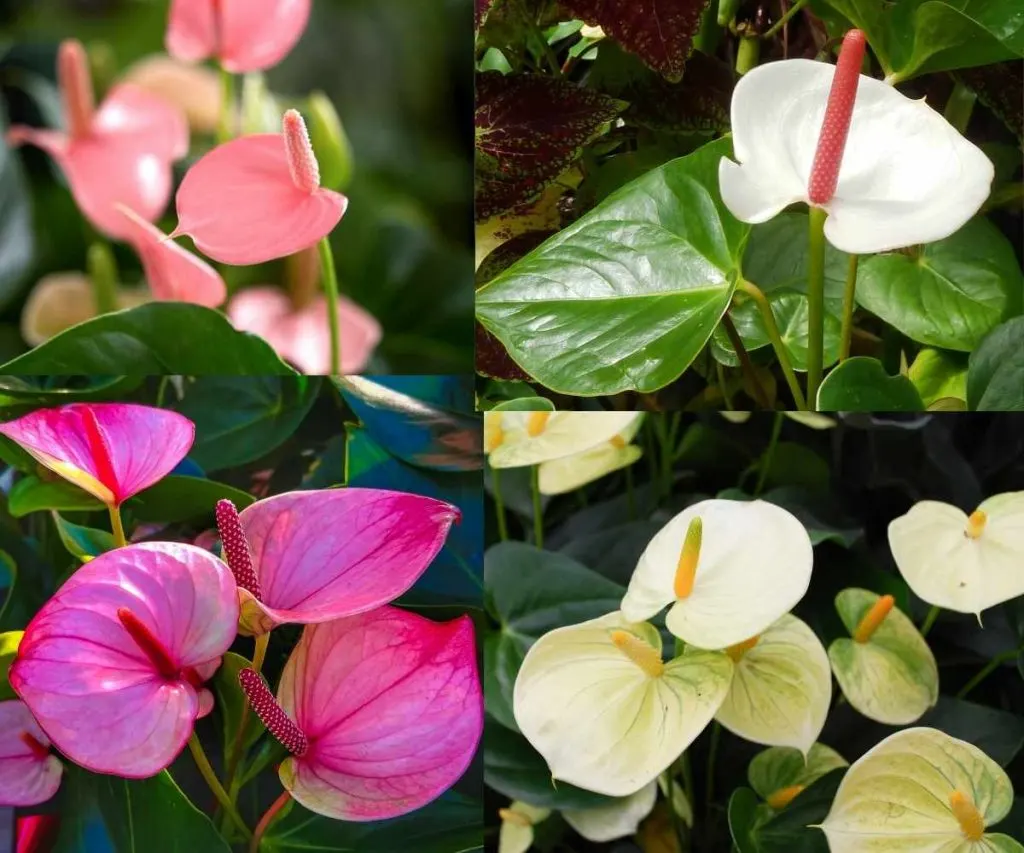
Anthuriums enjoy moist rich well drained soil and thrive in shadier areas outdoors. They can go grow outdoors in warm climate zones of 10a or warmer. In tropical climates, these plants can thrive and go wild.
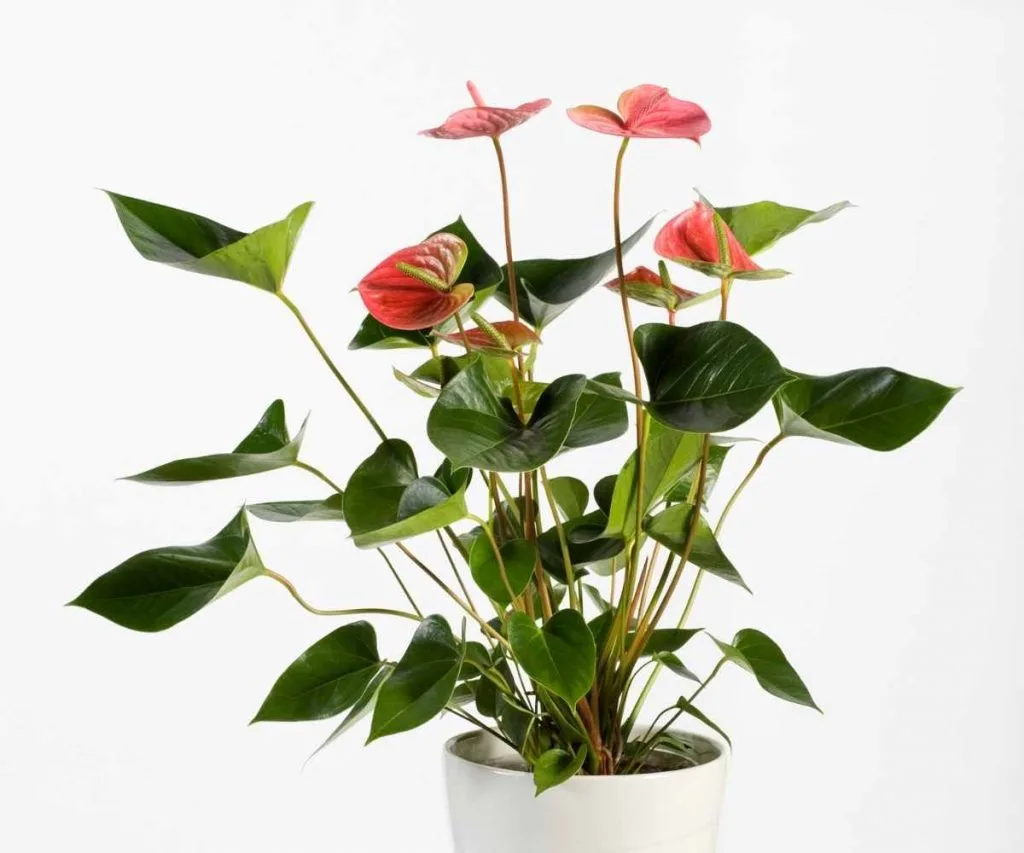
For those of us in colder climates they make a nice indoor plant. They have an upright growing habit similar to the peace lily.
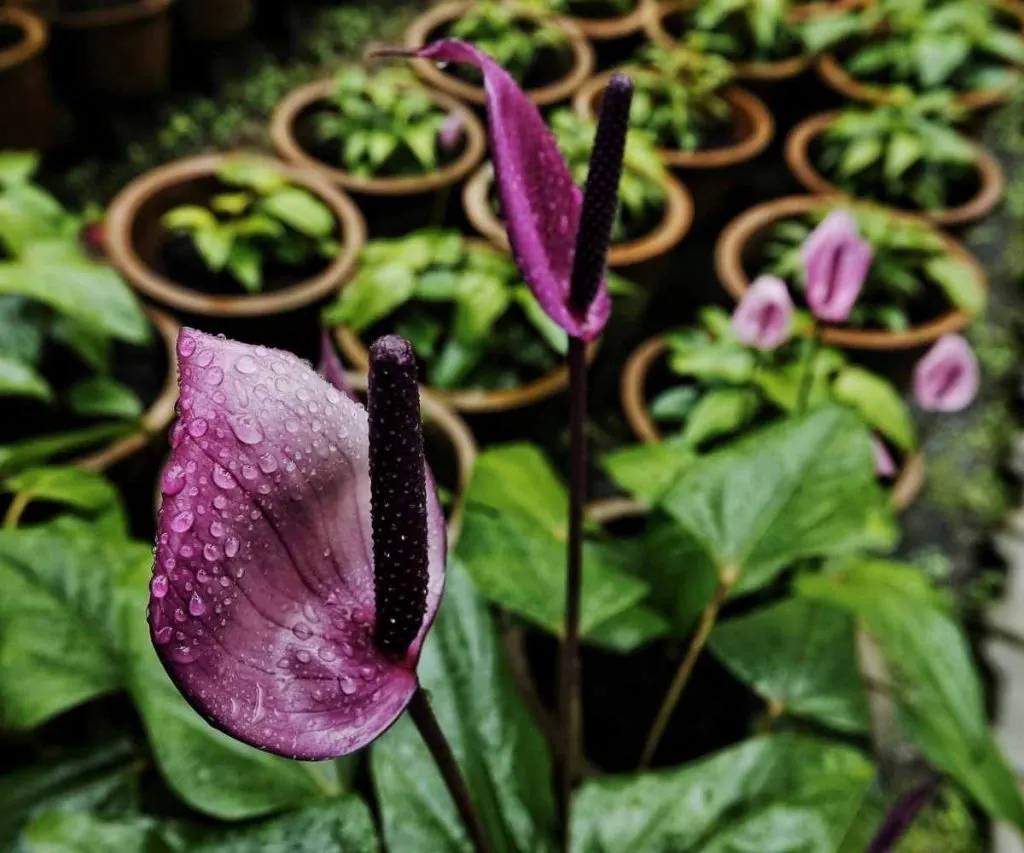
Air Filtering Plant:
Some plants effectively remove toxins from the air. Not completely. However, they help us breathe in better air as they exchange toxins for oxygen. It’s a healthy lifestyle choice. Place air purifying plants in your home.
The Nasa study of Air filtering plants includes Anthuriums. They filter formaldehyde, xylene, toluene and ammonia from air.
These shade and humidity loving plants enjoy properly lit bathrooms. Add anthuriums to any nook with some filtered light. It’s a pretty way to liven a room and clean your air.
For more air filtering plant choices. Visit our posts on Calathea Zebrina, Elephant Ear plant, and these three pothos beauties.
The contented Plant
Purchase Anthurium plants on Etsy
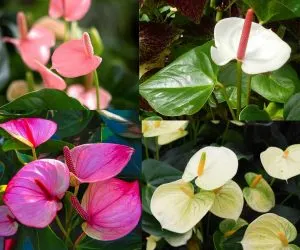
More Lovely Foliage Plants:
Plants add interest and life to your home. The Golden and neon Pothos for instance are easy care and so pretty. for more ideas take a look at our Houseplant section.
Find your favorites and create a space in your home for them. they will bring you life and good energy. Here are a few of our favorites.
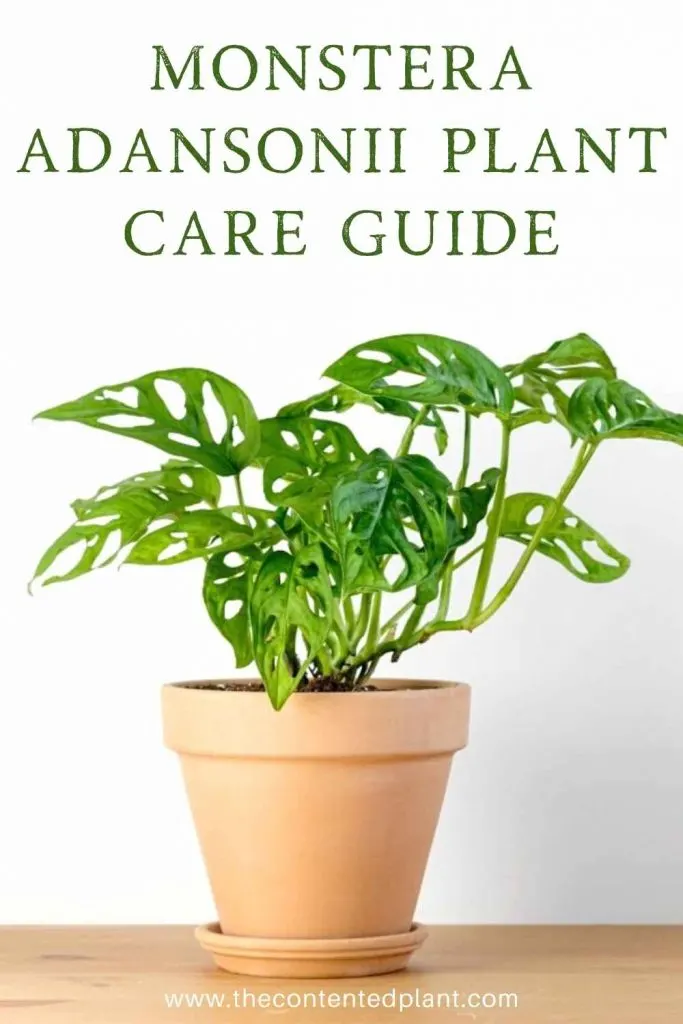
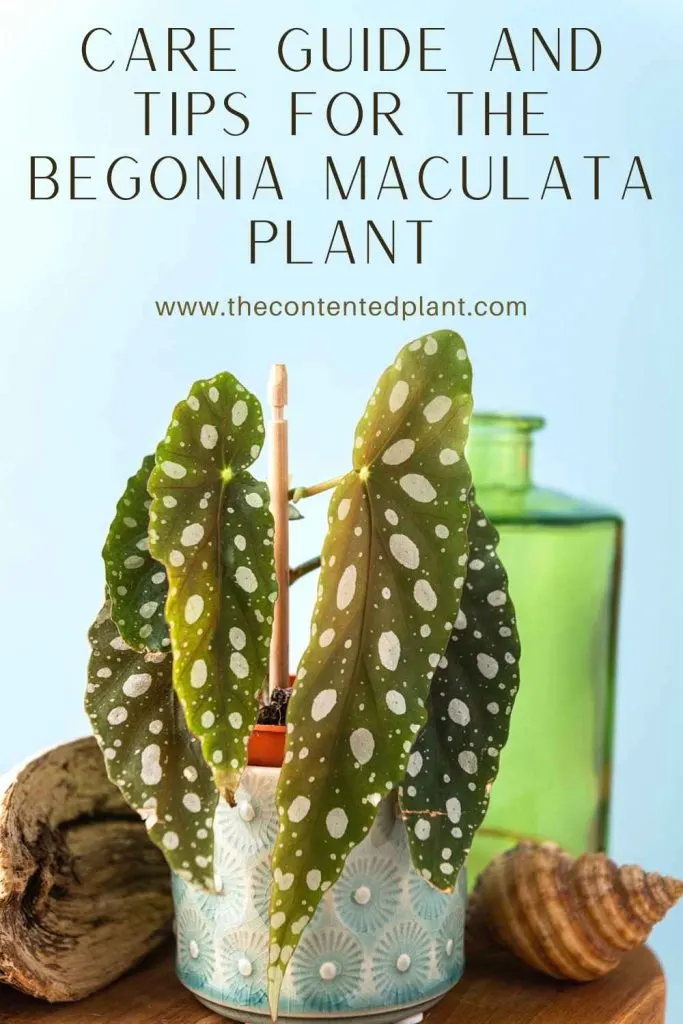
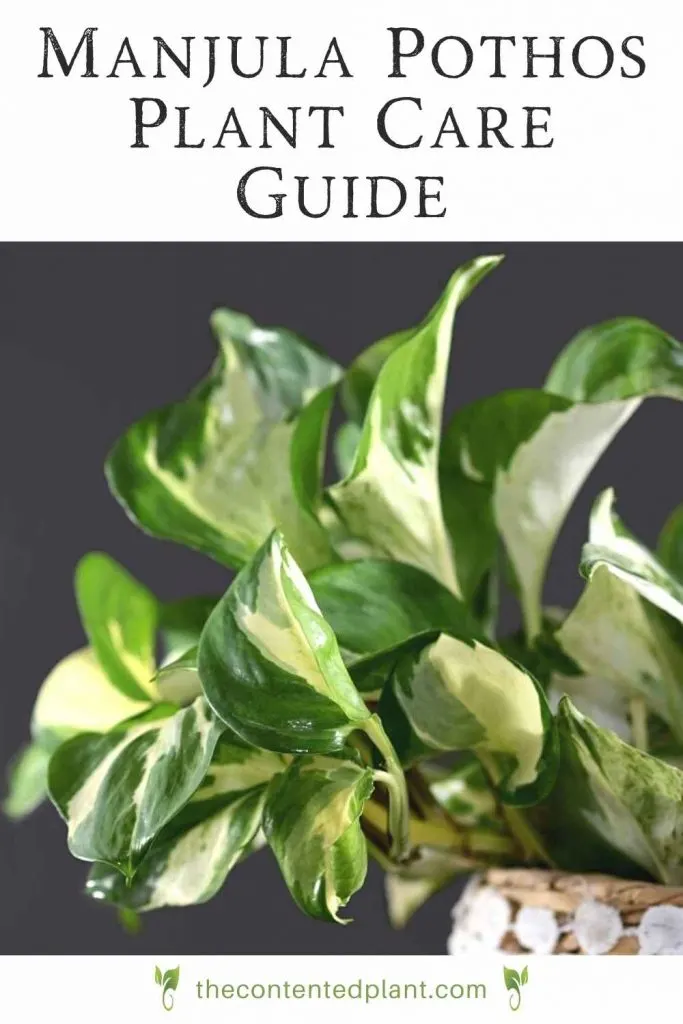
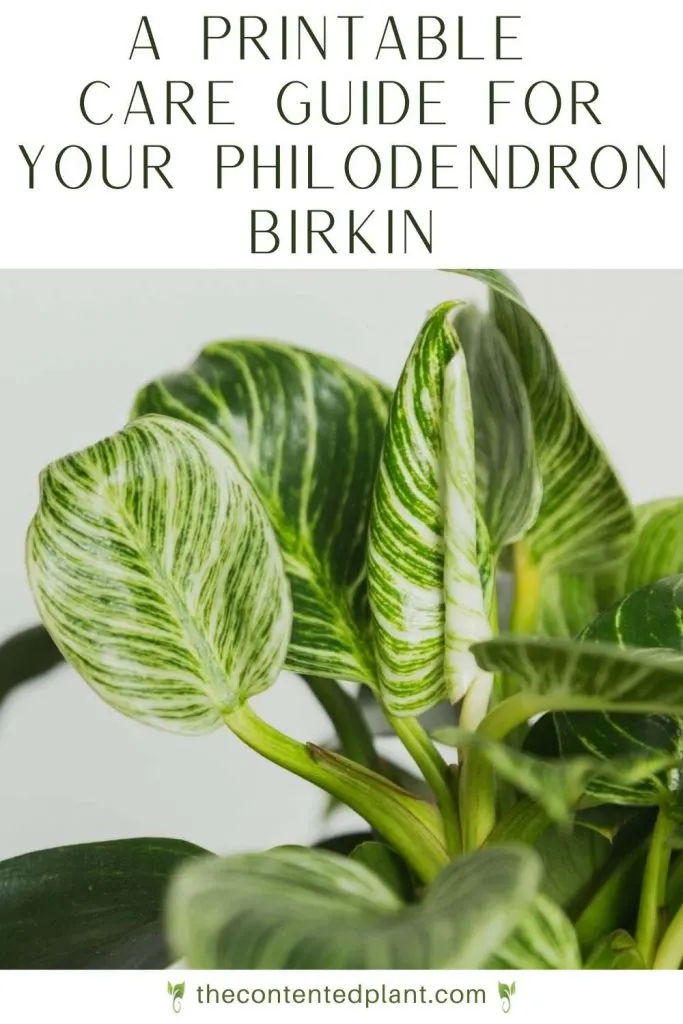
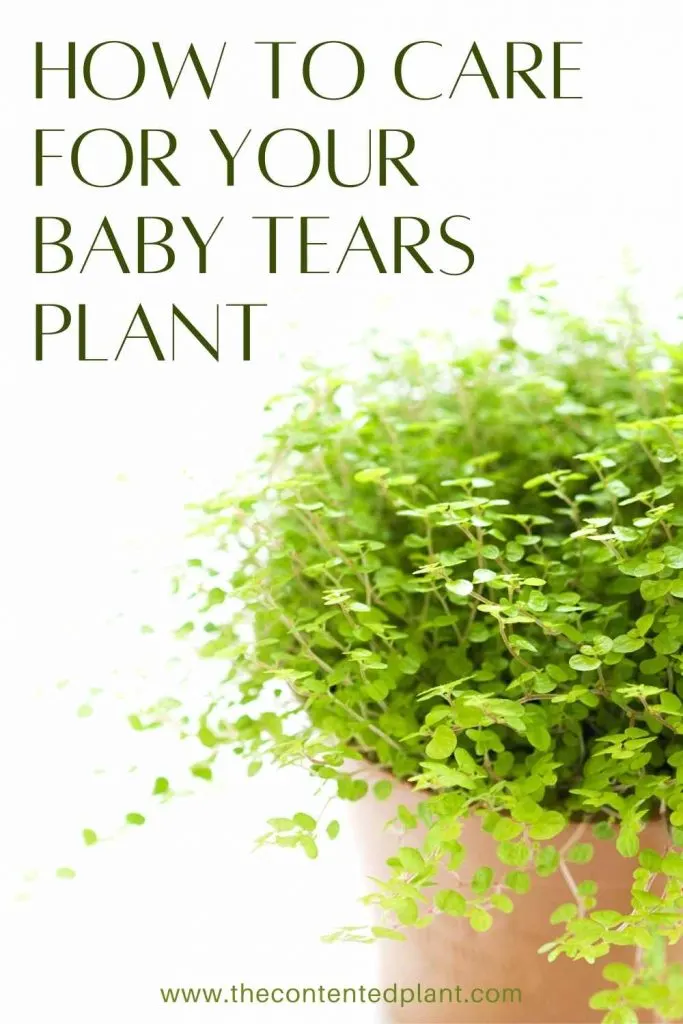
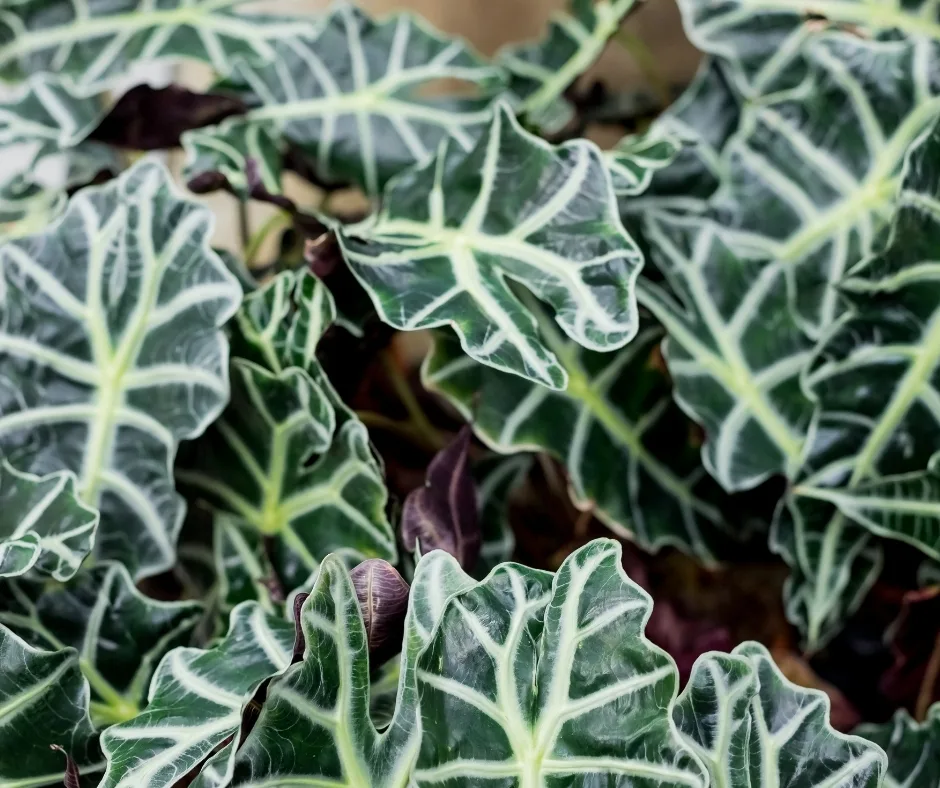
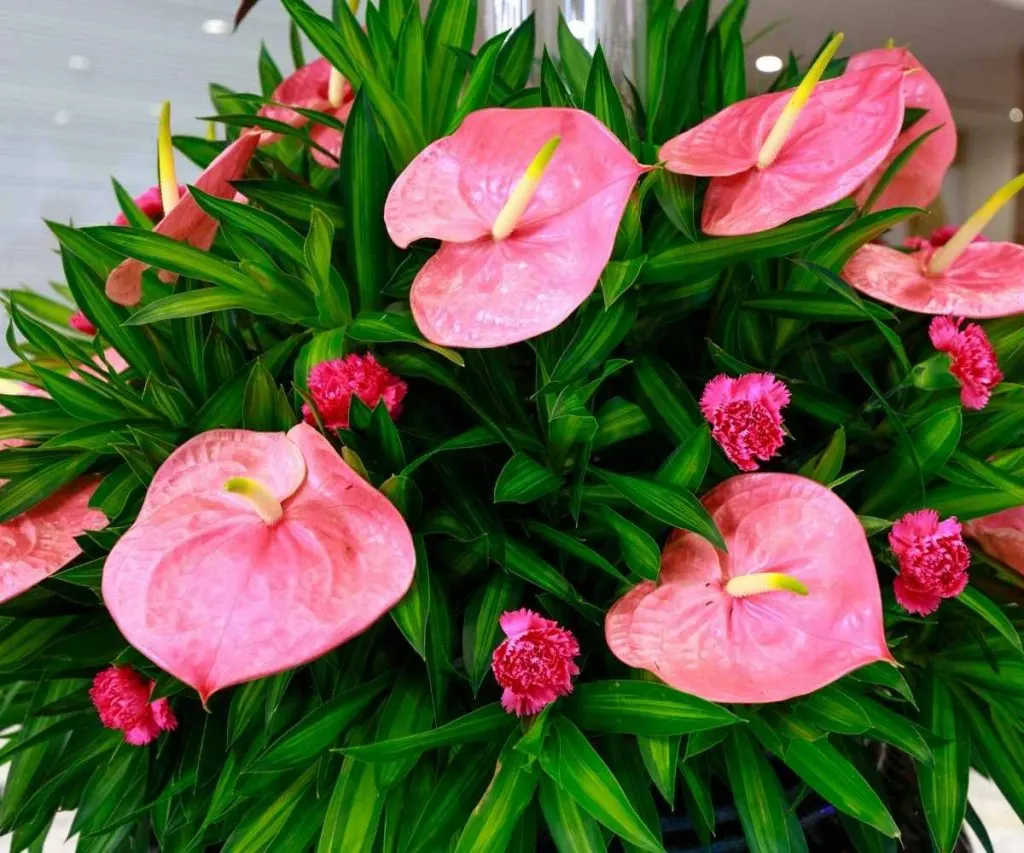
Anthurium Flowers:
What we recognize as the plant flower is actually a colorful spathe. Anthuriums bloom on Spathes like their plant cousin the peace lily.
The blooms last several months. With good pruning and care Anthuriums will continually send up new spathes. As the old ones die off, just prune them. So you can enjoy the lively colors of this plant throughout the year.
These bold beauties are often used by florists. The colorful spathes hold well as cut flowers. Are you handy? Anthurium arrangements make lovely gifts.
Toxic Plant:
These plants are toxic to humans and pets. Please keep them out of reach of curious kids and touchy feely pets.
Anthurium Care Guide
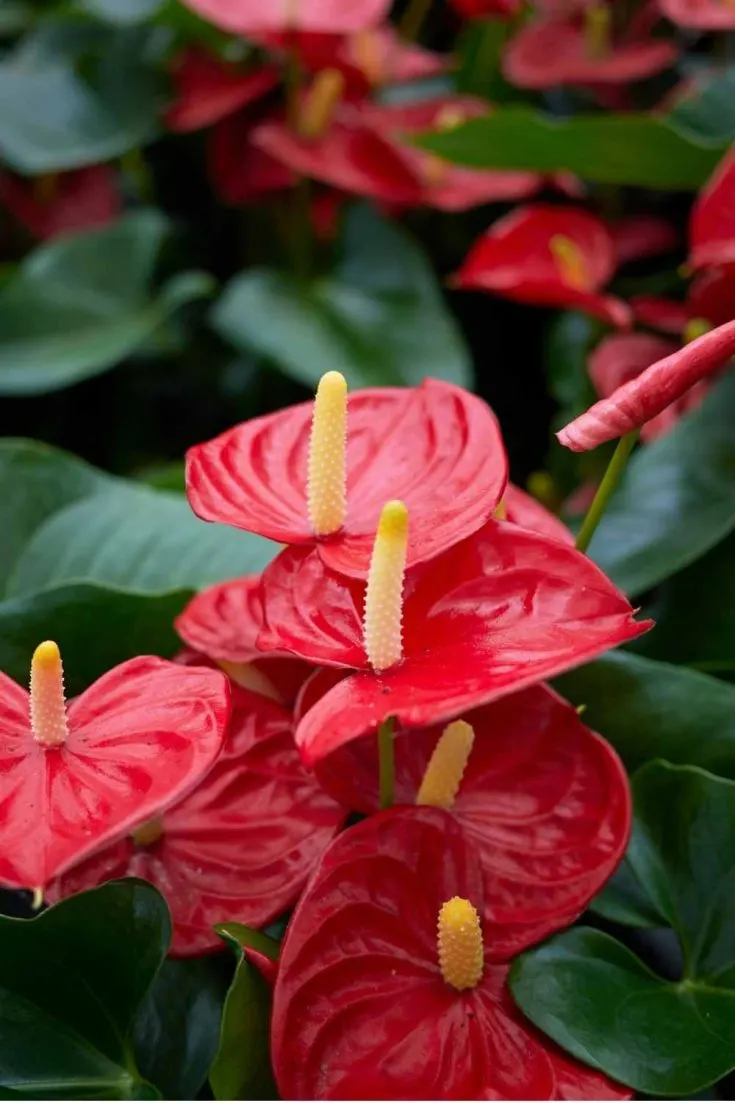
Anthuriums have only a few basic requirements to remain a happy durable plant.
This lovely plant is a perfect beginner houseplant. And a lovely ornamental garden plant for warm climates.
Materials
Instructions
Soil Preference:
- This aroid requires a light soil.
- A mix of potting soil, orchid bark and perlite will keep the roots happiest.
- Our mix for this anthurium is 50 % potting mix to 10% perlite and 40% orchid bark.
- Mix the ingredients in a large bowl to create your mix. Use a mask when working with dry perlite.
- A heavy soil potting mix is not recommended for Anthurium plants.
Pot Size and Type:
- Anthurium plants can be grown in pots that fit the root size.
- If you want to encourage faster growth choose a pot about 2 inches wider in diameter than the current pot.
- Any well drained pot can be used. It MUST have drainage.
- Repot every second year or when roots come out the drainage holes on the pot bottom To the next pot size up.
- Don't jump to a huge pot from a small one unless you wish to encourage faster growth. Just go to the next size up pot.
Lighting:
- Anthuriums enjoy bright indirect or dappled shade outdoors.
- They will tolerate lower indirect light it if has some brighter moments in the day.
- For optimal growth and blooming set the plant in bright indirect light.
- Shield this aroid from strong direct light in summer south and west sunny windows. The leaves will burn.
- Tip: Window sheers or blinds can offset some brief periods of high direct light.
Watering:
- Water your Anthurium when the soil is dry down an inch or so. Aroids do not like to be overly wet. Try a watering schedule of every other week.
- Watering is best done on a regular schedule so the plant is not over or under watered. Both can cause stress on the plant.
- This tropical plant enjoys humidity. In dry climates this Plants will thrive with a humidifier nearby. or set it in your kitchen or bathroom. For a really dry climate frequent misting will help.
- In dormant winter months reduce watering to when the soil is dry down halfway .
- Never let this plant get wet feet. If the soil is compacted the bottom of the soil can remain wet which encourages root rot and Fungus Gnats. If you see yellow leaves you are probably overwatering.
How to Fertilize:
- Apply a good quality balanced fertilizer (linked in materials) or bloom boosting orchid fertilizer monthly through Spring and summer.
- Decrease feedings by late Fall and allow your plant to rest through the winter months.
- Look for brown spots on the leaves of your Anthuriums. This may indicate an over concentration of salts in the roots from over feeding. It can burn the leaves.
- The remedy is to set the plant under a faucet of water and let the water run through for 10 minutes or so to flush out the extra salts..
- Allow the pot to Completely drain. Discontinue fertilizer until the plant recovers.
Temperature:
- Anthuriums can be grown successfully outdoors as an ornamental as a patio plant or ornamental garden plant in the proper soil conditions in climate zones 10 -12.
- Keep at a low of 60 Degrees F. to upward of 85 Degrees F. It enjoys warmth and humidity.
Pruning and Training:
- Anthuriums tend to grow leggy. Pruning them back helps maintain a well shaped plant.
- Sharp Hand pruners are preferred for pruning. They will give a clean cut that will heal quickly.
- Wear gloves to prune this plant. It contains skin irritants that are released during pruning.
- Prune the old dying leaves and colored bracts or spathes. Prune all the way back to the soil line.
- Prune back any suckers coming up to retain the strength of the mother plant.
- Some varieties of Anthuriums do climb. If you have a climbing variety it can be attached to a stake outside or in a pot. Use the velcro tape to attach it gently to the stake.
Pests:
- All plants can get attacked by pests.
- Stress by longterm poor watering practices, poor light, extreme temperatures and soil conditions are contributors to pests.
- Spider mites, mealy bugs, scale, thrips and whitefly are the most common houseplant pests you will see.
- Read our post on How to get rid of aphids and other pests with our homemade pesticide soap recipe or neems oil.
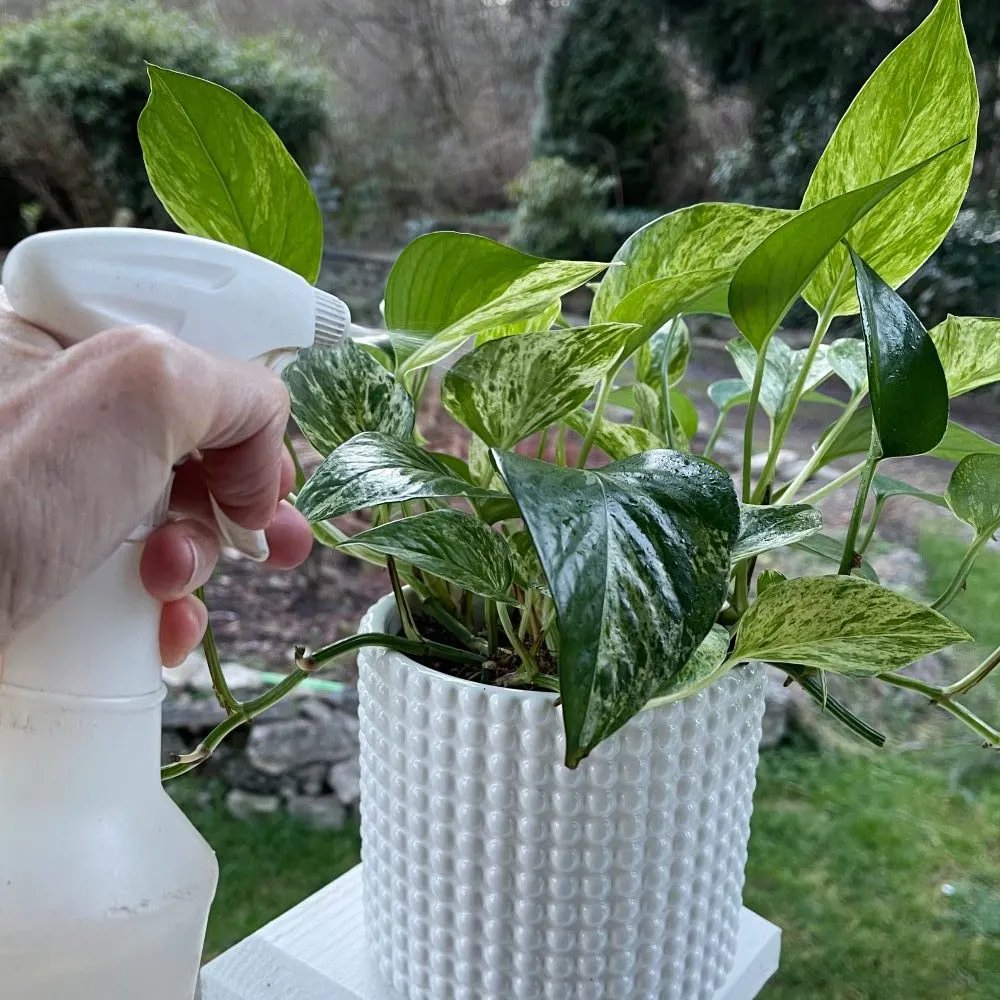
- To minimize the possibility of pests be sure to check all nursery plants before bringing them home.
- Quarantine all new plants until you are sure no pests live in them.
How to Propagate Anthuriums:
Anthurium Propagation can be done most easily for home gardeners by root division:
Root division:
- When it's time to repot your anthurium look for the plant separation in the top. Anthuriums grow offshoots that should be fairly easy to see.
- Gently pull the sections apart once the plant is unpotted.
- Cut or pull the new extensions off and repot them in their own pot to grow.
- New plant in the making.
There are other ways to propagate Anthuriums including by seeds or tissue culture. These methods are most often done commercially.
For those of us growing plants in the home or garden root division is the best choice. It's very simple and has good results.
Toxic Plant:
Anthuriums contain Calcium oxalate which is moderately toxic to humans and pets.
This plant can cause skin irritations and mild rashing. Gloves recommended when pruning this plant. Avoid contact with skin and eyes.
Please ensure the plant parts are not chewed by pets.
Symptoms may include oral irritation, vomiting, and difficulty in swallowing. These symptoms are rarely fatal but you should contact a vet to determine if medical care is needed.
Notes
Keep your anthurium away from strong winds outdoors. In the house keep this plant away from drying air conditioning and heat vents.
Follow Us:
Find us on YouTube, Instagram , Pinterest and TikTok! We love to Plant chat. We also comment, like and occasionally share your content to our daily stories. We’d love to see your plants. Share your joy in your houseplants. Happy Planting!
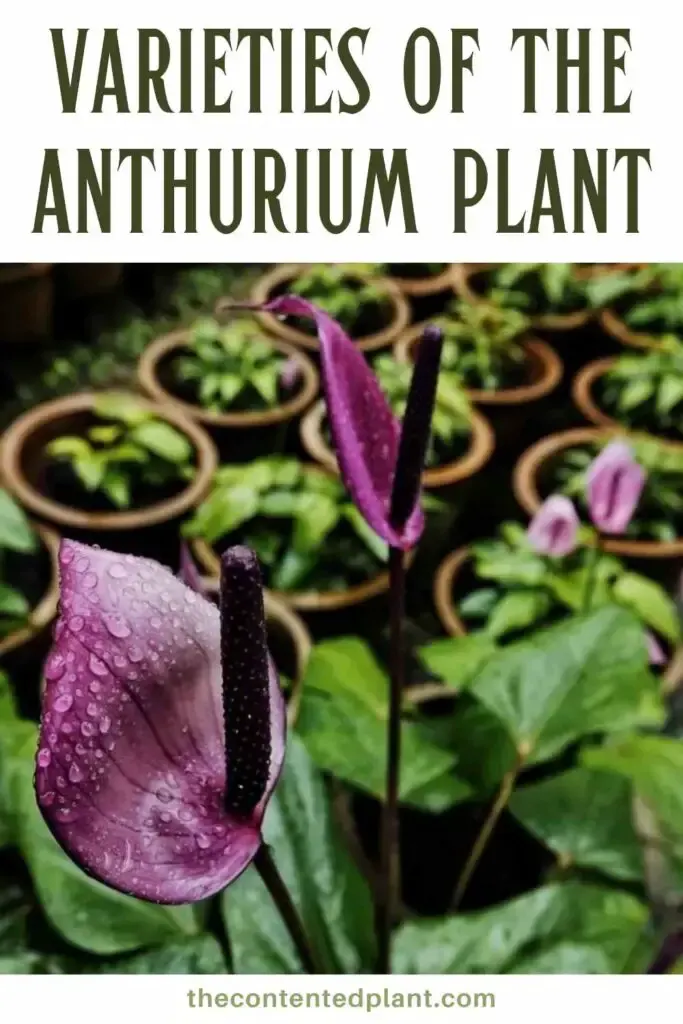

Domino Peace Lily Care Guide - The Contented Plant
Tuesday 27th of September 2022
[…] season the domino constantly puts up pretty white lily shaped flowers on long spathes. Similarly to anthurium flowers. Peace lily flowers are white and add extra energy and beauty to your […]
Begonia Maculata Care Guide and Tips - The Contented Plant
Thursday 9th of September 2021
[…] Anthurium Plant […]